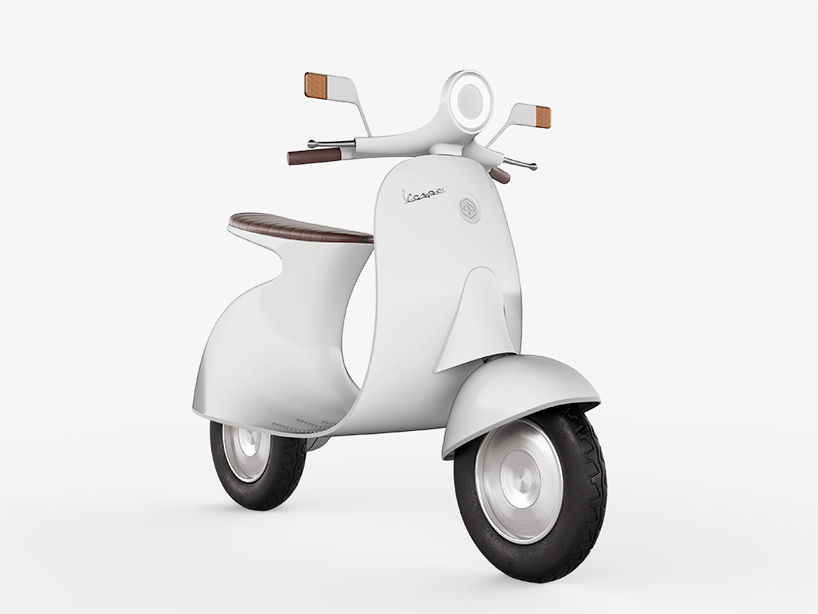Rich, c'mon man be fair. Comparing a Sondors to a Haibike is a bit like comparing a Yugo to a Toyota.

.
Back to the OP ? There really is room for both in the market.
I think what he is asking is, why would "average Joe/Jane" rider that uses an ebike for "riding around town" want a mid-drive?
That is actually a reasonable question. The increased wear and tear on the drivetrain that mid-drives cause, is an unnecessary sacrifice that those type of riders don't really need.
A well built geared hub motor bike with torque sensing, is probably the most reasonable setup for those riders.
People on this site tend to be more ebike enthusiasts. Thus we have more dedicated needs from our ebikes. If you are a regular long distance commuter, a direct drive hub really makes the most sense, or at least a geared hub. If you choose a mid-drive for this purpose, you need to expect regular maintenance/ replacement cost due to drivetrain wear.
Now if you are climbing a lot, especially if its mtb singletrack, then your hub motor can't even get the job done without overheating. Thus mid-drive is your ONLY option.
This doesn't even get into the discussion of weight distribution, handling, overall weight, etc.
